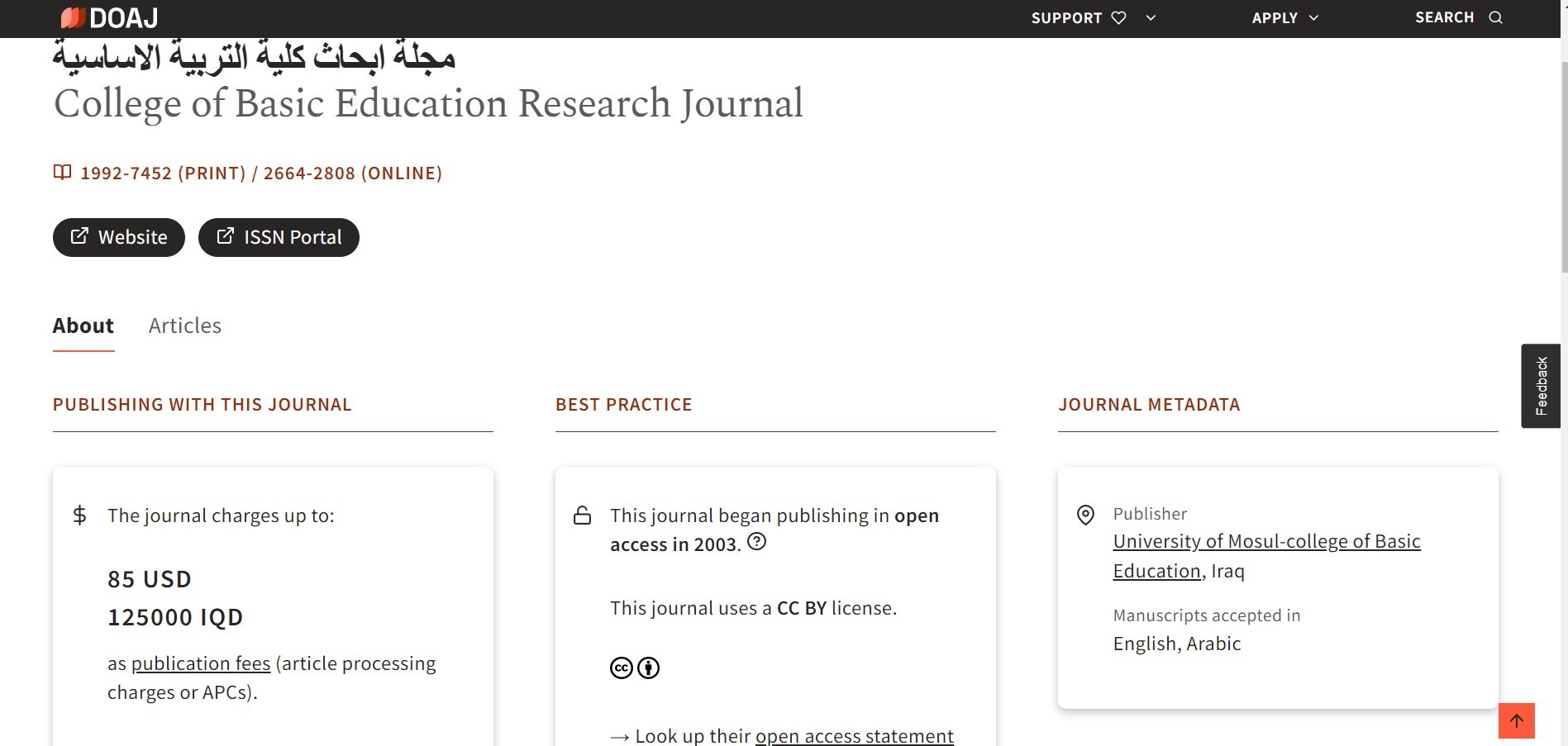The Interplay of Memory and Place in Amy Tan’s The Joy Luck Club
Abstract
This paper investigates memory and place in Amy Tans The Joy Luck Club (1989). It unfolds the suffering of the first-generation Chinese immigrants from the Sino-Japanese War. It draws upon concepts such as the relation between memory and place, mother-daughter conflict, the formation of identity, and the immigrant experience. The Joy Luck Club is an interlinking collection of traumatic narratives and memories paired with their places of occurrence. It revolves around four Chinese mothers who narrate their personal and collective experiences and memories to their daughters and how the daughters endeavour to balance their dual cultural identities. The paper adopts Maurice Halbwachss concept of mmoir collective. It tackles Susanne Langers and John Suttons emphasis on the social and collective nature of memory, which functions as an organiser of consciousness that shapes the individuals current actions and experiences and forms his identity. It further adopts Pierre Noras concept of memory places, which act as metaphorical locations where communities store their memories and recognise them as integral parts of their identity. The different maternal memories and places in Tans novel function as a means of connection so the daughters can better understand their mothers backgrounds, the sacrifices made for their families, and the values that guide their actions. The paper concludes that the intergenerational exchange of personal and collective memories becomes a powerful tool for developing empathy, bridging cultural gaps between Chinese ancestral and domicile American cultures, and thus, strengthening the bonds between mothers and daughters.



